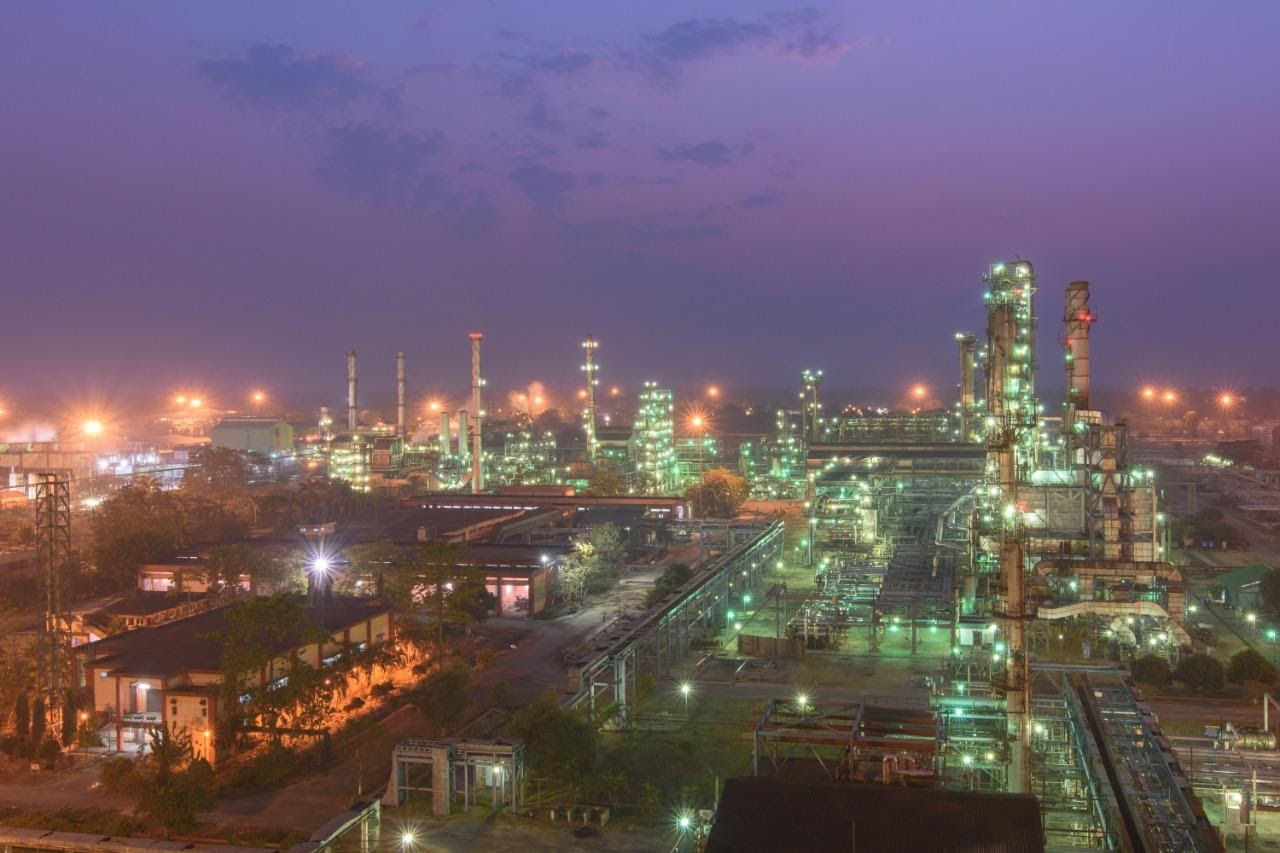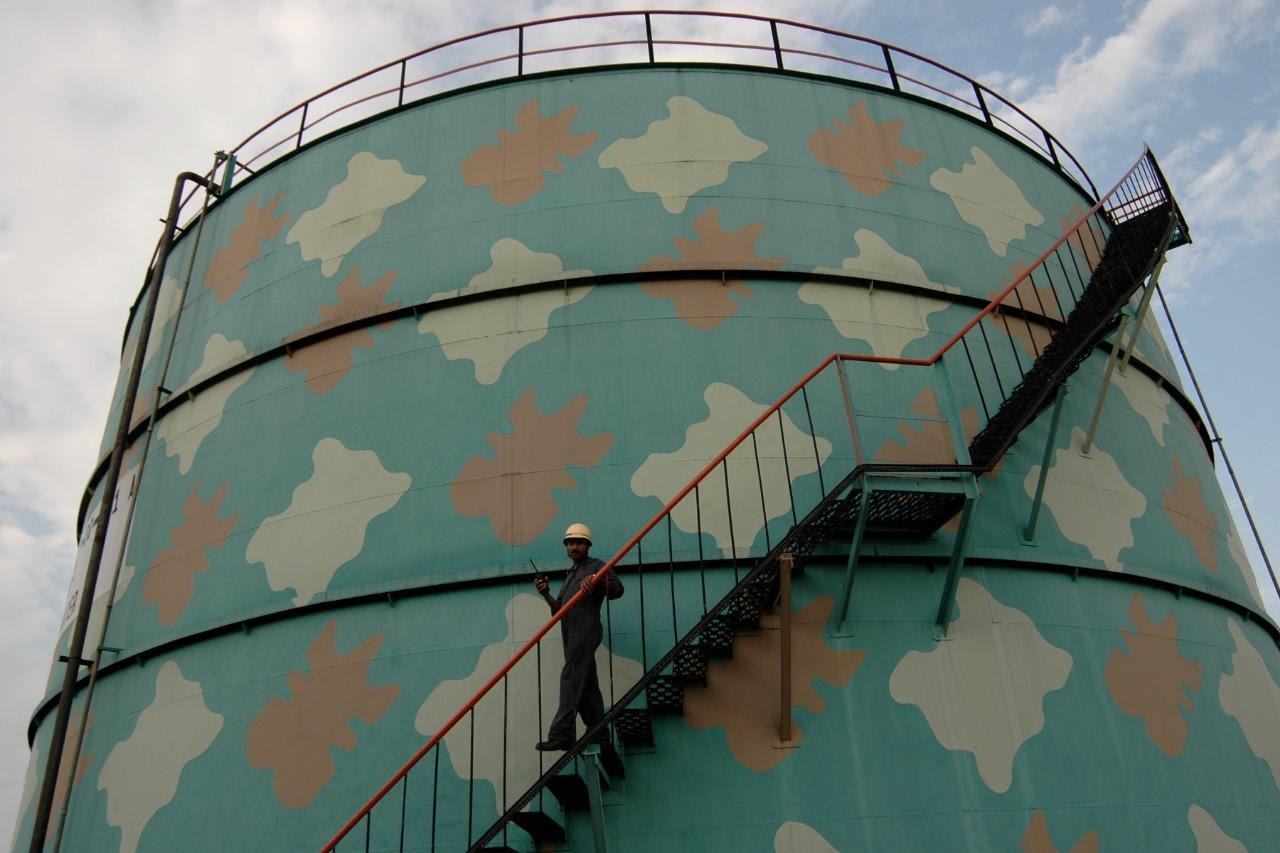
NRL Startup Challenge - "AI/ML-based solution for Refinery Material Balance"
By NRL/January 19 2020

Launched by Numaligarh Refinery Limited (NRL) in 2017, iDEATION is one of the first and leading startup incubators of the Northeast, energizing the region's business revolution. As an initiative to promote entrepreneurship among the North East's local youth, NRL iDEATION invites applicants for seed funding, early-stage funding, and scale-up funding.
Since its inception, NRL iDEATION has supported over 20 promising startups with grant funding.
This year, NRL iDEATION has come up with an exciting pan-India startup challenge for budding entrepreneurs and AI/ML developers - "AI/ML-based solution for Refinery Material Balance."
To help AI / ML developers understand a Refinery Material Balance, a brief overview of one of its core concepts, "Tank farm management and inventory accounting," has been presented below.
Tank Farm Management & Inventory Accounting
Liquid hydrocarbons like crude oil, intermediates, and finished petroleum products are stored in different storage tanks. Liquid hydrocarbons that contain volatile components are stored in tanks with a floating roof to prevent the escape of volatile components to the atmosphere. A floating roof does not allow any vapor space above the liquid surface and prevents the formation of vapor in the tank. Heavy petroleum products with higher boiling points are stored in fixed roof tanks.
The first step in inventory accounting in a refinery is to calculate the volume or quantity of hydrocarbon stored in the storage tanks periodically. A tank gauging system is used to measure the physical level of oil in a tank. A tank gauging system is an electronic device fitted in a tank that measures the following parameters:
- Level of the oil in the tank
- Level of water accumulated at the bottom of the tank
- Temperature & density of oil inside the tank

Measurement of oil volume in Litre: Volume of oil in Litre inside a tank is calculated from level measured by a gauge using a calibration chart. A calibration chart keeps records of the volume occupied by the liquid in a tank at different levels. In the case of a floating roof tank, a floating roof correction is made while calculating the volume to nullify the effect of the floating roof's weight on liquid level. Both oil and water levels are used to measure the gross volume (GV) and water volume (WV) using the calibration chart. The oil density is used to calculate the volume against the weight of the roof in a floating condition (RV).
When the oil level inside a tank is below a certain level, the floating roof rests on legs provided to support the roof. The height at which a roof rests on the legs in a tank is called operation height. If the tank stock's oil level is below the operation height, the floating roof weight should not be considered for the calculation of tank stock.
- Stock in Litre in roof floating condition = GV – WV – RV
- Stock in Litre in roof resting condition = GV – WV
Measurement of volume in Litre at 15degC: Petroleum products undergo very high volumetric expansion and contraction with temperature, and therefore, the volume measured at any ambient temperature is converted into the volume at 15-degree centigrade. ASTM tables 53B & 54C and API routines are used to measure the stock at 15degC. ASTM table 53B is used to get the base density (at 15degC) from the measured temperature and density. Table 54b is used to find the corresponding VCF (Volume Correction Factor).
Volume (Litre) at 15degC is calculated by multiplying the VCF obtained using the tables and API routines stated above with the Volume (Litre) measure with the calibration chart.
Measurement of mass in KG: Inventory in KG is obtained by using the formula:
- Inventory in KG = Inventory in Litre (at 15degC) x (Base Density in gm/cc – 0.0011)
When a tank is lined up for operation, a net rise in stock over a period is considered the receipt, and a net reduction in stock is considered an issue of the respective material from the tank.

NRL iDEATION calls budding entrepreneurs, startups, AI/ML, and software developers across India to participate in the challenge and grab the opportunity to receive funding of Rs 10 lakhs. The winner also gets the opportunity to implement their solution with NRL as a test case before taking it to the global market.
To know more about the challenge, visit our website and follow us on our social handles to stay updated. Last date for registrations - 31st January 2021.

